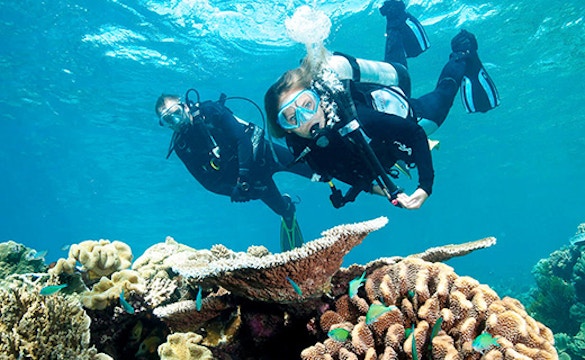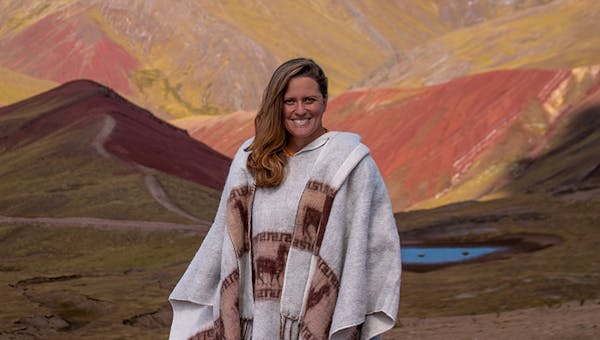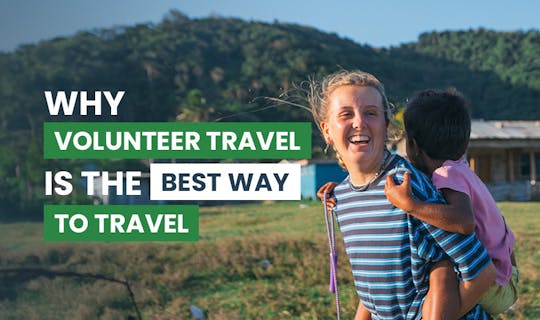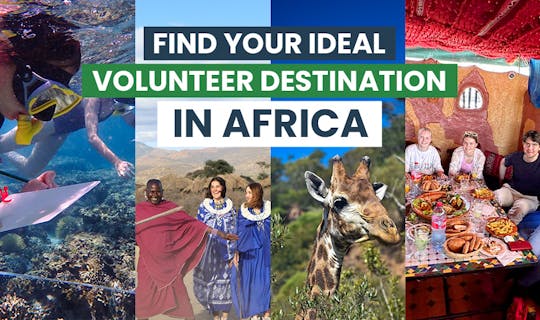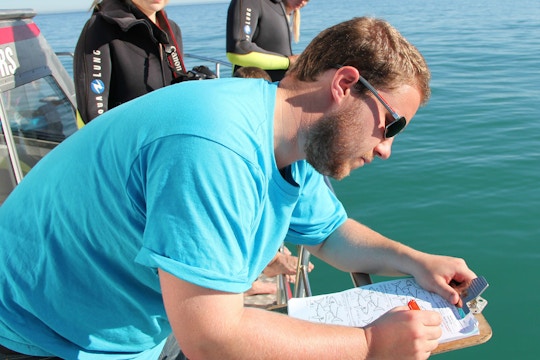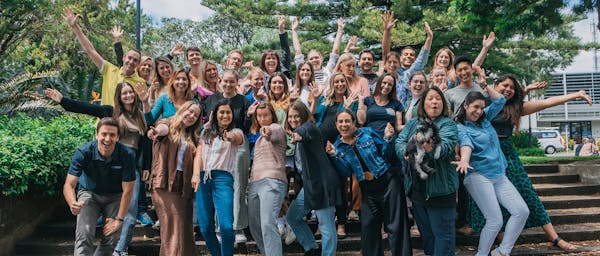I would not hesitate to recommend IVHQ to anyone who wants to volunteer and feel that they are making a difference in the lives of animals for people in different countries.
I will forever be grateful for the experience I had volunteering for the sea turtle nesting monitoring program on Isla Isabela! I was able to witness the entire circle of life - from the females coming up on shore, laying their eggs, baby turtles hatching and making it back to the sea! I also assisted with an excavation of the nest the babies had hatched from and took part in gathering the data as far as how many viable eggs hatched, and tracked the different stages of development of the unhatched eggs. It was an amazing trip I will never forget! And I am looking forward to volunteering again in the near future for another program.
The experience humbles you and gives you such a great education about different cultures, the fragile conditions some endangered species are in and that you can make a difference!

